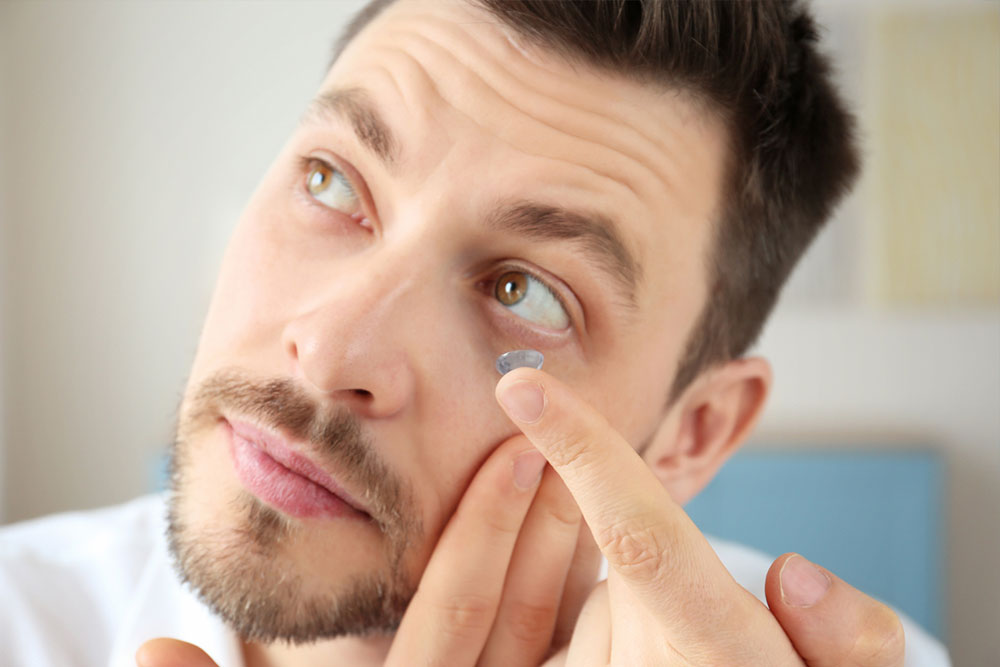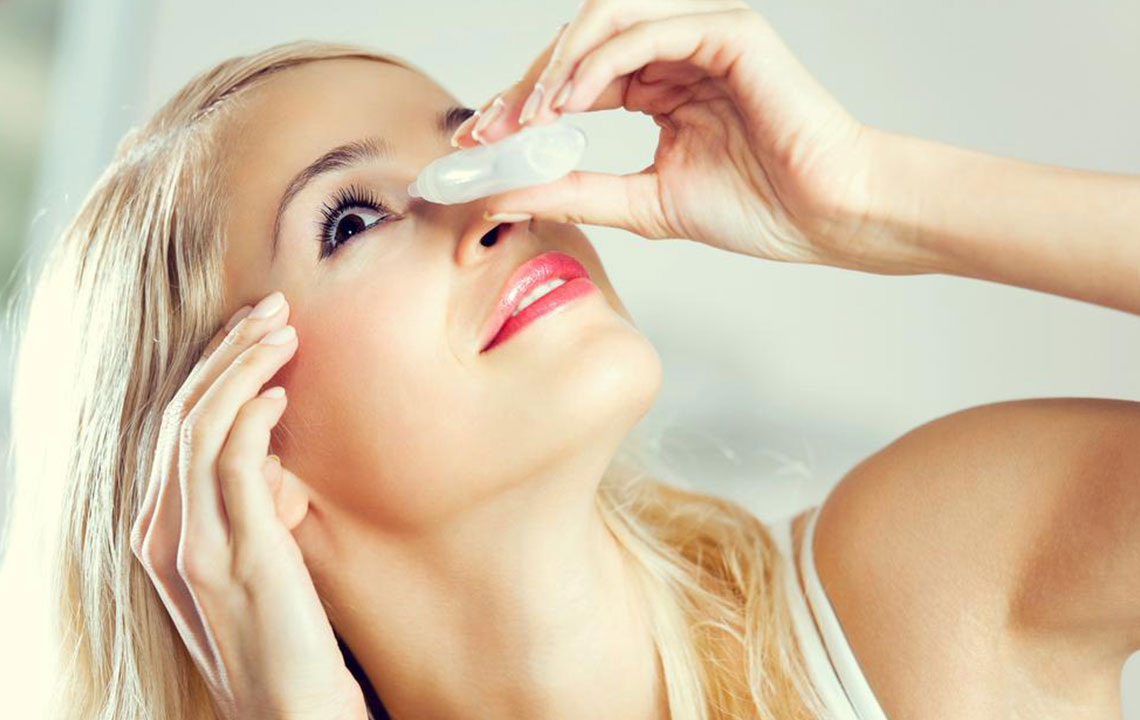Comprehensive Guide to the Best Contact Lenses for Managing Dry Eyes in 2024
Discover the most effective contact lenses for managing dry eyes in 2024. This comprehensive guide explores various lens types, including silicone hydrogel options, their benefits, and expert tips for maintaining eye health. Perfect for those seeking comfort and clarity, learn how to choose the best lenses suited to your lifestyle and eye condition to enjoy healthier, more comfortable vision daily.

Optimized Contact Lens Options for Individuals with Dry Eye Syndrome
For millions of people worldwide, dry eyes represent a prevalent and often frustrating condition that affects daily life significantly. Characterized by sensations of dryness, itching, burning, and discomfort, dry eye syndrome can impede vision clarity and make the use of traditional contact lenses problematic. However, advancements in eye care technology have paved the way for specialized contact lenses designed specifically to alleviate dryness symptoms and provide comfortable vision correction. Selecting the right type of contact lens is crucial for maintaining eye health and ensuring a comfortable wearing experience, especially for those with dry eyes.
Many individuals suffering from dry eyes find that standard contact lenses exacerbate their discomfort, making their daily routines more challenging. Fortunately, today's market offers innovative solution options—from soft lenses with unique moisture-retention properties to advanced silicone hydrogel lenses—all engineered to enhance comfort and preserve eye health for users with dry eyes. This comprehensive guide explores the various options, their benefits, and expert recommendations to help you choose the best contact lenses suited for your needs in 2024.
Effective management of dry eyes through contact lens selection begins with understanding the properties of different lens types. Traditional rigid gas-permeable lenses, though effective for some, are generally less suitable for dry eye sufferers due to their rigidity and lower moisture retention. In contrast, soft contact lenses have become increasingly popular owing to their flexibility, comfort, and improved moisture-holding capabilities. These lenses are crafted from specialized polymers that incorporate moisture-retentive agents, allowing them to retain hydration longer while providing excellent oxygen permeability—an essential factor in maintaining healthy eyes.
Moreover, the water content of soft contact lenses plays a pivotal role in comfort and dryness management. Lenses with excessively high water content—often above 50%—may paradoxically contribute to dryness because they tend to dehydrate quickly in tear film, especially in dry environments or during extended wear. Conversely, lenses with lower water content—around 38%—strike a balance, offering sufficient hydration and breathability that help reduce dryness and irritation. As always, it is crucial to consult with an eye care professional to identify which lens type and water content level align best with your specific eye condition, lifestyle, and comfort requirements.
One particularly notable innovation in contact lens technology for dry eye sufferers is the development of silicone hydrogel lenses. Introduced widely in the 1990s, these lenses allow significantly more oxygen to pass through to the cornea, ensuring better eye health and reducing hypoxia-related discomfort. Their low water content makes them less prone to dehydration, extending their usability for longer periods—often up to a month for extended wear models. Many of these lenses are also available in daily, weekly, or bi-weekly disposable formats, offering versatility based on user needs and preferences.
While silicone hydrogel lenses provide enhanced oxygen flow and moisture stability, they tend to be firmer than traditional soft lenses, which may require an adaptation period for new users. Despite their slightly higher cost, these lenses are especially advantageous for individuals with dry eyes who seek extended comfort and better ocular health during prolonged wear periods.
In addition to choosing the most appropriate lenses, effective eye care routines include the use of over-the-counter eye drops or lubricants formulated for sensitive eyes. These drops can help soothe irritation, combat dryness, and improve overall comfort when wearing contact lenses. Maintaining daily eyelid hygiene, avoiding air conditioning or wind exposure when possible, and staying hydrated are also vital practices that support eye health in conjunction with the right lenses.
In conclusion, managing dry eye symptoms while wearing contact lenses involves a combination of selecting the suitable lens type—preferably those with low water content and high oxygen permeability—and adopting consistent eye care routines. Advances in contact lens technology continue to offer better options, making it possible for dry eye sufferers to enjoy clear vision with minimal discomfort. Consulting with an eye care professional for personalized advice is essential to find the optimal solution tailored to your specific needs and to preserve your eye health long-term.





